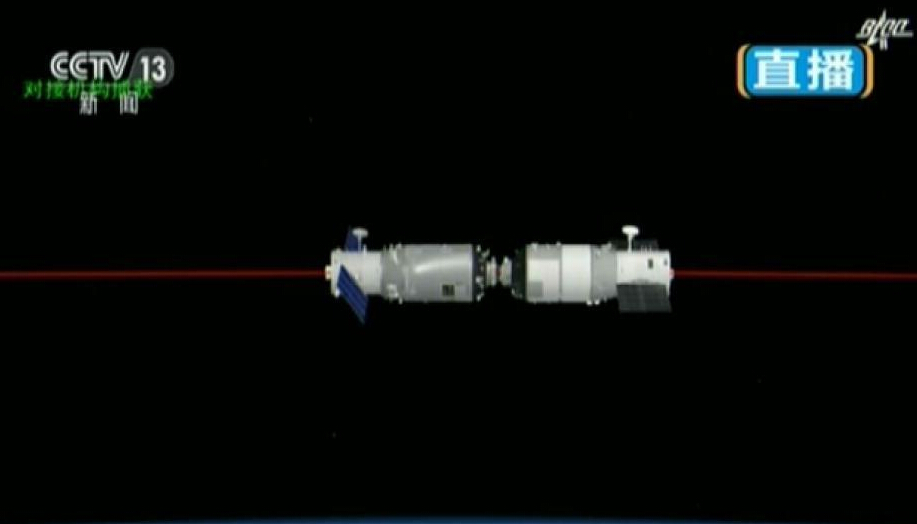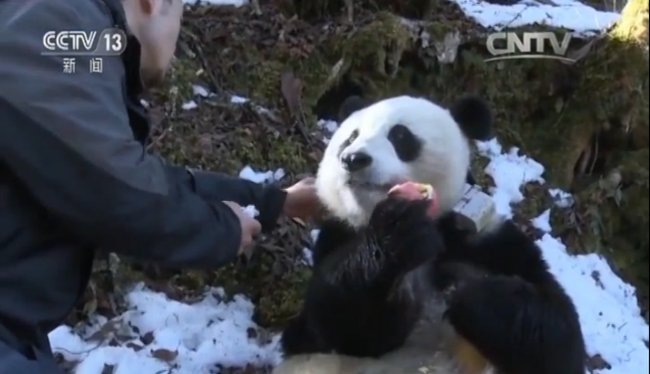School money and class sizes
All UK parties have been keen to get class sizes down in state schools. Yesterday Labour decided to make an issue of this, forgetting that class sizes have risen quite a lot in Wales where they are in government. I was interested to hear one of their spokesmen defend this by pointing out satisfaction with schools in Wales had gone up at the same time as class sizes. He was then at a loss to answer the obvious sequel – if parents and pupils think things are getting better, why did class size worry him?
I am all in favour of decent funding for schools, and have been asking for more money for Wokingham and West Berkshire schools where budgets are tight. I have been asking b0th for more in total to schools, and more as a proportion of the budget to areas like Wokingham that have traditionally been given much less than the best funded. I would, however, be interested in your thoughts on class size.
It seems to me there are obvious occasions when individual pupils need individual help. That requires a good staffing ratio., There are also occasions when a good teacher or outside speaker or lecturer has something interesting and important to say when you can open the lesson or lecture up to many more pupils, as many more can benefit from it. Class size is an average figure which can conceal as well as reveal. Some star teachers and star lessons are so good that they are recorded and used in a wide range of ways by many students. On line learning is both one to one and one to many.
The best judge of how many teachers a school needs should be the School Bo0ard and management team led by the Head. There need to be sufficient teachers for those things that need teaching in small groups or require individual attention. There can also be other times of day and topics that can be covered in larger groups. In practice schools experiment with smaller and larger groups depending on subject and age range of pupils, and often have more than one adult in the classroom so individual pupils can have individual attention as well as more general group or whole class work proceeding. The number of teachers in a secondary school is also affected by how many subject options the school wishes to offer. The number of subjects varies considerably between schools.
China’s cargo spacecraft docks with space lab
 |
|
The Tianzhou-1 cargo spacecraft successfully completed automated docking with the orbiting Tiangong-2 space lab at 12:23 p.m. Saturday, according to Beijing Aerospace Control Center. |
The Tianzhou-1 cargo spacecraft successfully completed automated docking with the orbiting Tiangong-2 space lab at 12:23 p.m. Saturday, according to Beijing Aerospace Control Center.
It is the first docking between the spacecraft and space lab.
Tianzhou-1, China’s first cargo spacecraft, which was launched Thursday evening from Wenchang Space Launch Center in south China’s Hainan Province, began to approach Tiangong-2 automatically at 10:02 a.m. Saturday and made contact with the space lab at 12:16 p.m.
The Tianzhou-1 cargo ship and Tiangong-2 space lab will have another two dockings.
The second docking will be conducted from a different direction, which aims to test the ability of the cargo ship to dock with a future space station from different directions.
In the third docking, Tianzhou-1 will use fast-docking technology. It normally takes about two days to dock, while fast docking will take only six hours.
Refueling will also be conducted, a process with 29 steps that takes several days.
Tiangong-2, which went into space on Sept. 15, 2016, is China’s first space lab “in the strict sense” and a key step in building a permanent space station.
Cargo ships play a crucial role maintaining a space station and carrying supplies and fuel into orbit.
Xi calls for contributions to world peace, development
Chinese President Xi Jinping on Thursday called on the International Committee for the Promotion of Chinese Industrial Cooperatives (ICCIC) to continue international cultural exchanges and make new contributions to world peace and development.
Xi, who is also general secretary of the Communist Party of China Central Committee and chairman of the Central Military Commission, made the remarks in a letter in reply to the ICCIC and Beijing Bailie University.
This year marks the 120th anniversary of the birth of Rewi Alley, the founder of the Bailie schools and a social activist who helped build friendly relations between China and New Zealand. He lived and worked in China for 60 years.
Alley initiated the Gung Ho, short for Chinese Industrial Cooperatives movement, to organize unemployed workers and refugees for production to support the Chinese People’s War of Resistance Against Japanese Aggression.
The ICCIC, established by Alley, Soong Ching-ling and Edgar Snow, made great contributions to Chinese revolution and socialist construction, Xi said.
Beijing Bailie University has carried forward the spirit of vocational education championed by its former presidents, and cultivated a large group of talent for Chinese socialist modernization, Xi noted.
The president called on the ICCIC and the university to promote Alley’s spirit and contribute to building a community of shared future for mankind.
Captive and wild panda mating completed in China
|
|
|
Giant panda Caocao. [Screenshot: CNTV] |
Chinese researchers confirmed that Caocao, a female giant panda in captivity, has completed natural mating with a wild male companion on March 23, 2017, which marks the first such instance in the world and is regarded as a breakthrough in the country’s panda breeding.
On March 27, researchers with the China Conservation and Research Center for the Giant Panda (CCRCGP) reclaimed a voice recorder installed in the collar of Caocao, a subject of the organization’s wild mating trial program. Caoao was released into the wild early in March, in a field monitor station in the Wolong National Nature Reserve in southwest China’s Sichuan Province.
Researcher recently announced that Caocao mated for 90 seconds with a wild male giant panda on March 23.
Previously a wild panda, Caocao was reportedly found injured and rescued by researchers in 2003, when the then cub was only months old.
The female bear has undergone wildlife training and possesses rich wildness survival experience. She has delivered cubs four times, giving birth to a total of six baby pandas.
According to Zhang Hemin, Deputy Director of the CCRCGP, China’s captive panda breeding program has witnessed an increasing population for the species but how to enhance the pandas’ genetic vitality and diversity under artificial propagation remains a challenge.
The center hopes that its captive-bred giant pandas released into the wild could mate with wild companions, thus bringing new blood into their existing group.
So far, China has 471 captive pandas, and most of them succeeded in mating via artificial intervention in the past years.

